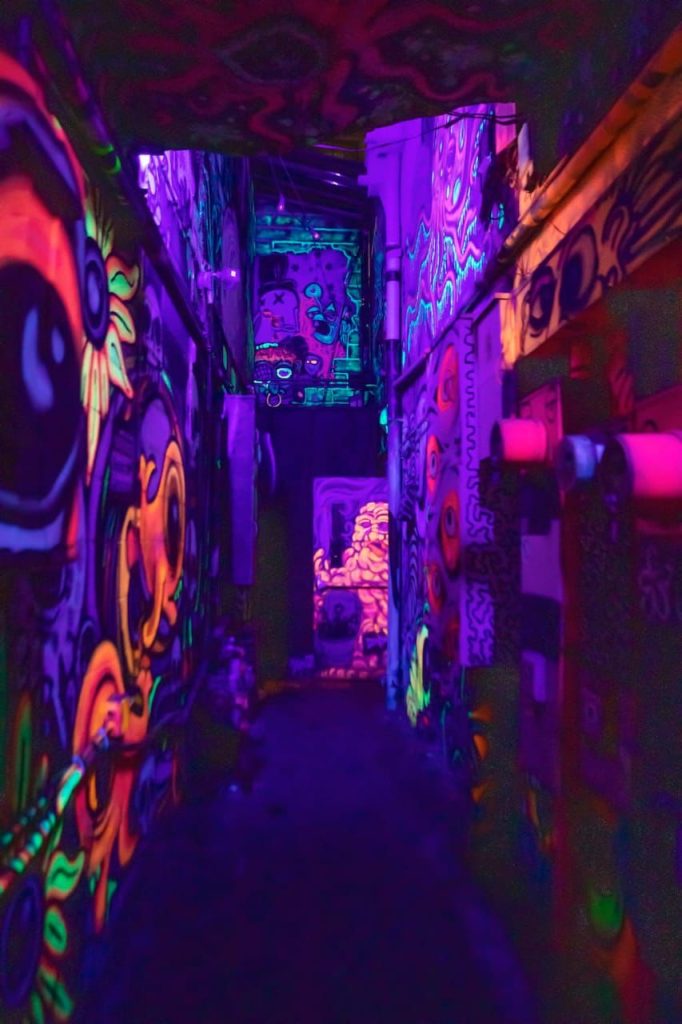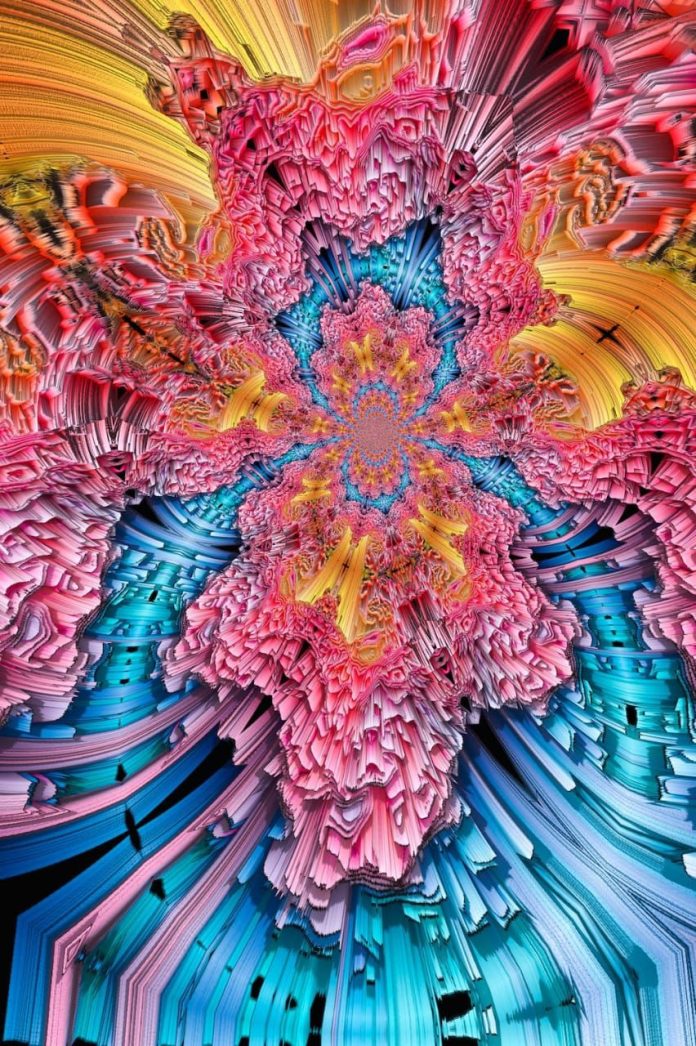Perfectly tucked in your office shirt and a straightened tie, you open the door of your house and you see a world that looks both eerie and psychedelic but takes you to an altered consciousness. Swirling patterns running up to the roof of the buildings, eyes glaring at you from the street in front of you and a pouring of fluorescent colours from the sky above you overwhelmed with fulgent clouds. Unsettles you for a minute, doesn’t it?
While to you it is a strange phenomenon that you most likely wouldn’t want to experience or maybe do but with much courage or curiosity, there were artists who took to drugs to experience this mystical reflection of their mind. Such was the later 1900s in America.
American mornings dawned with protests of Counterculture and nights were spent in loud cheers celebrating the bold fusion of rock and folk music in concerts and fairs. American society bound with strict moral values and culture smothered the growing youth who wanted to set themselves free. The vast American lands that we today call both modern and broad-minded are a product of the Counterculture movement that took off in the 1960s. Attempting to expand liberal acceptance, the teen souls screamed for freedom of behaviour and lifestyle, be it fashion, consuming drugs or art. It settled the tracks for liberty, individualism and an infinite experience of creativity.
First to the American tongues and soon to the whole world, psychedelic became a habitual term. Psychedelic was coined by Humphry Osmond which meant ‘mind manifesting.’ This word traced its etymology to the Greek words, ‘psyche’ meaning mind and ‘Delos’ meaning ‘to reveal.’

Simplifying it, psychedelic means revealing fragments of mind we’re mostly unaware of. This potential of the mind remains untouched for distorted perceptions, groovy patterns and vibrant colours don’t usually cross our consciousness. The trigger to such vulnerability rests in drugs like LSD (lysergic acid diethylamide) and psilocybin. A consistent precision to detail and repetition, infinite space for vision and jazzy colours, that is exactly how an LSD trip feels. A reflection of this sight on a canvas with strokes of vibrant colours produces psychedelic art.
While we believe the true shades of the art glow with the depth of its artist’s experience and feelings, it sounds unusual to hear that drugs become an artist’s inspiration. With many assertions, people think creativity is a result of obsession with alcohol or hallucinogens for they let your mind loose and allow authenticity to pour out. To melt down the rigid walls of your mind, you can pour alcohol over them, but to witness the wild ride, you need to wear the shades of LSD.
Such is the impact of LSD. Although people started criticising the overdose of drugs, the art of psychedelia proved to be timeless, making its recent comeback. With meditation, dance, yoga and avoiding the use of LSD, people have felt an altered state of mind. A chase for funk or the blurry blues, is how we’ve touched upon the use of psychedelics. However, psychedelics have slipped their presence into therapies as well. With the apt use of these drugs, therapies are conducted on patients to heal them from mental disorders. A trippy inspiration to artists and medicine to those suffering, psychedelics have both their positives and negatives. These drugs still have their fair share of side effects.
Although illegal in most countries, the mystical experience of psychedelics is everywhere. It is a tale of a fluorescent vision that gives a boundless canvas to an artist. It was the expression of the American youth. It is a meditative outcome and a recovering promise. It also is an endless exploration for those, whose brain is not a commemoration of cells but a mindful manifestation of art.




























